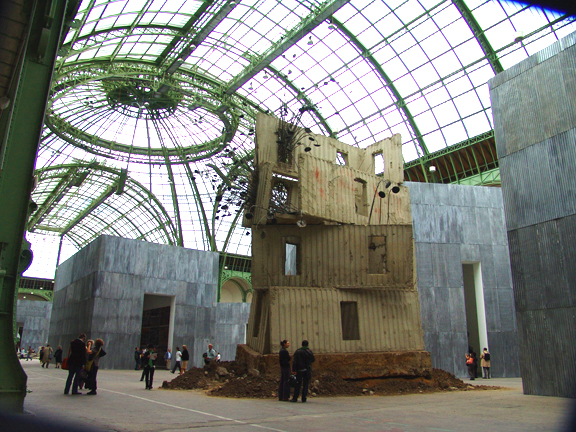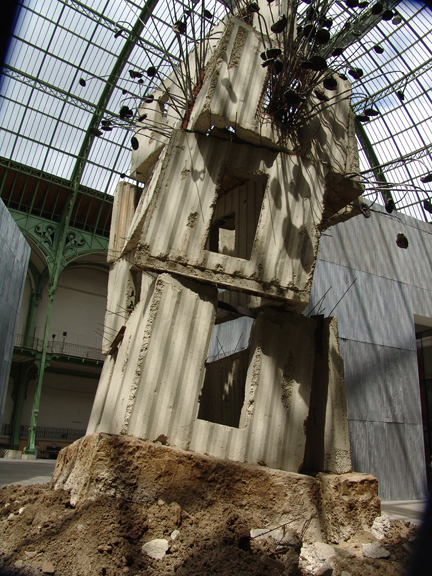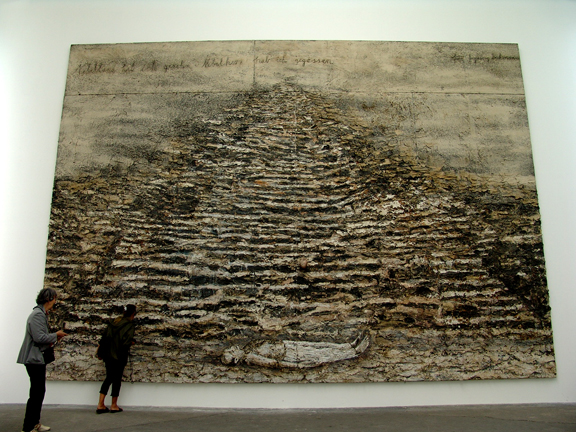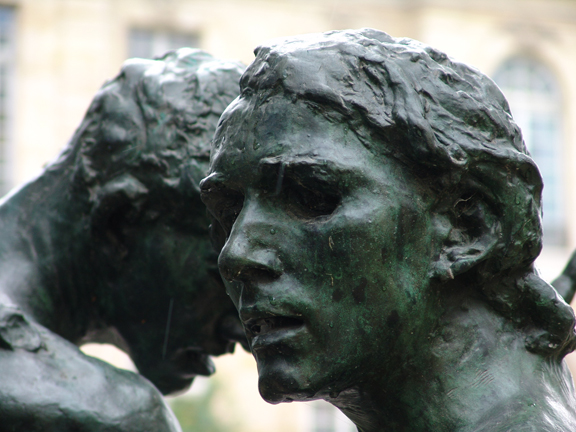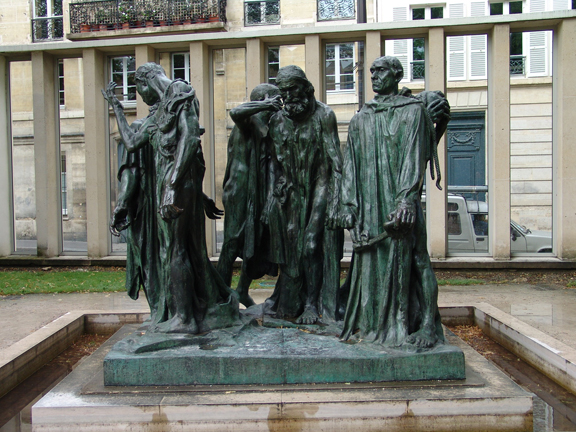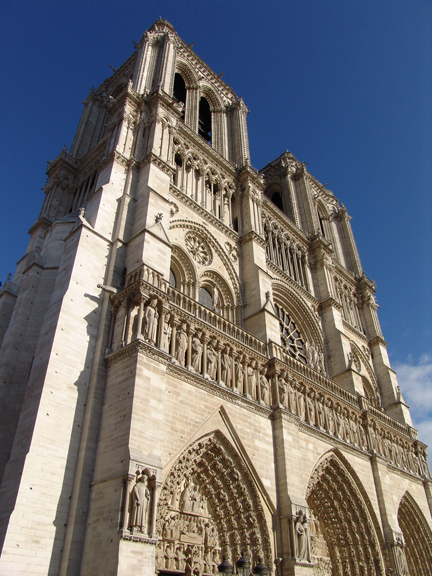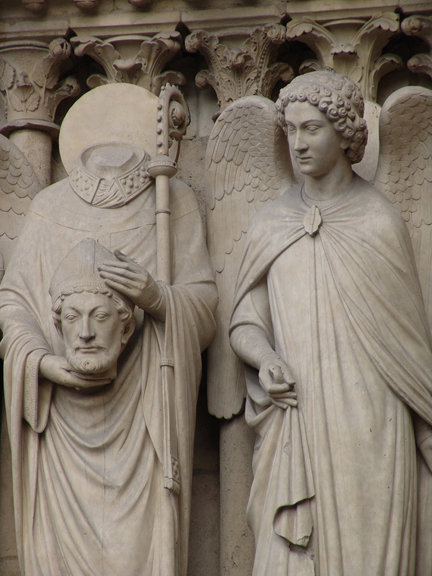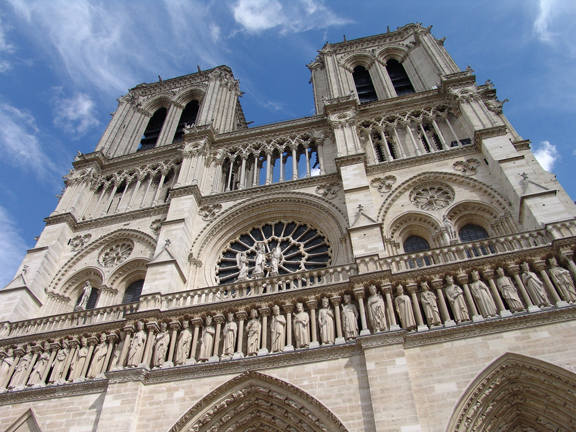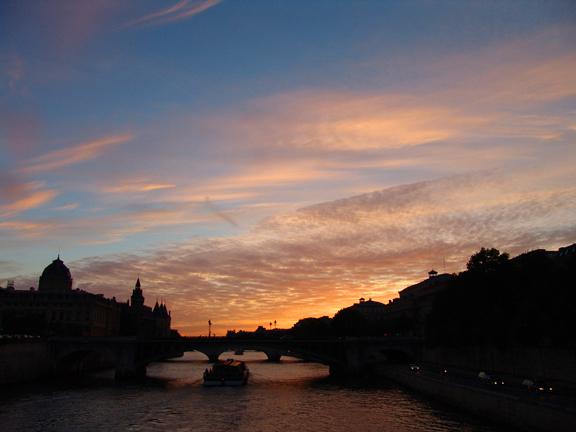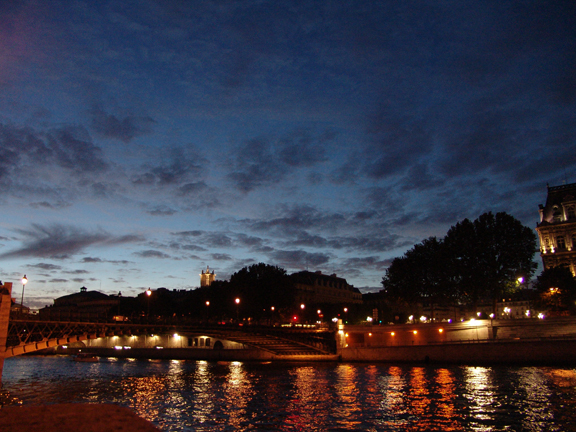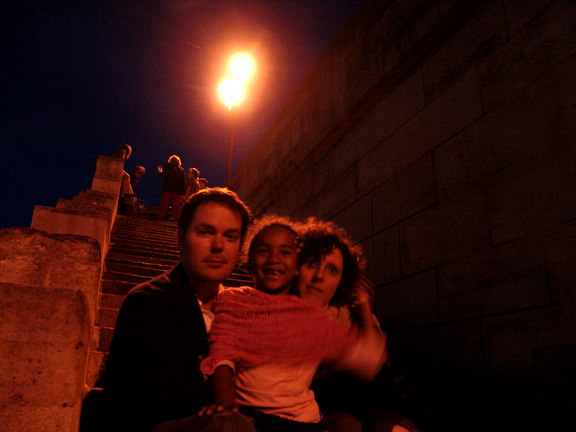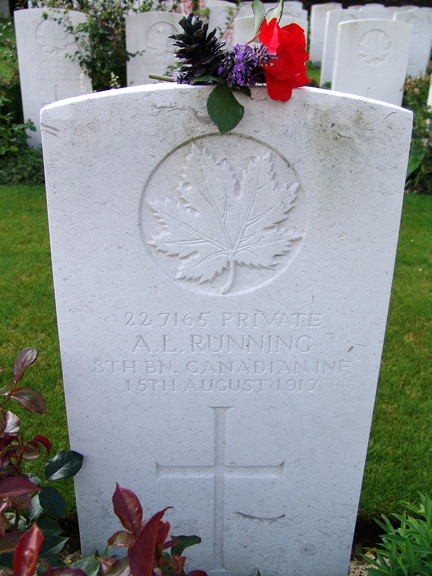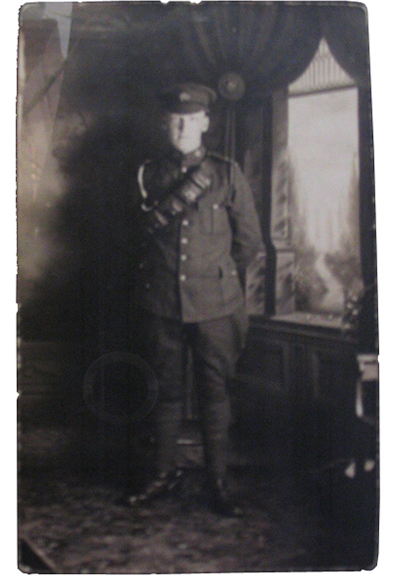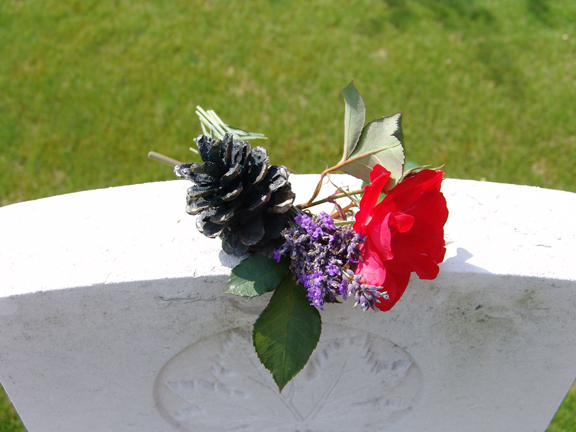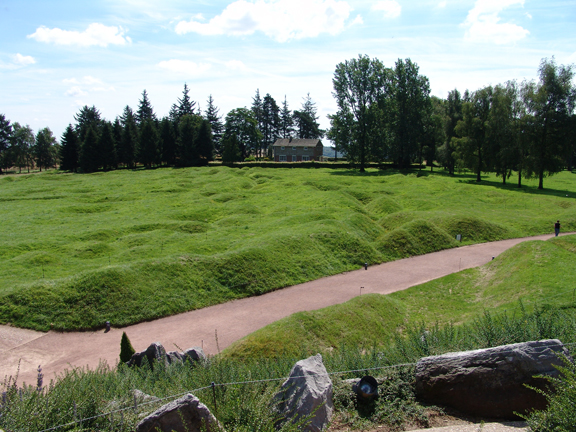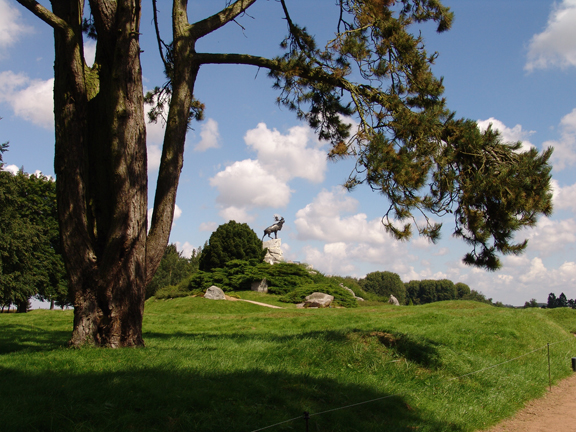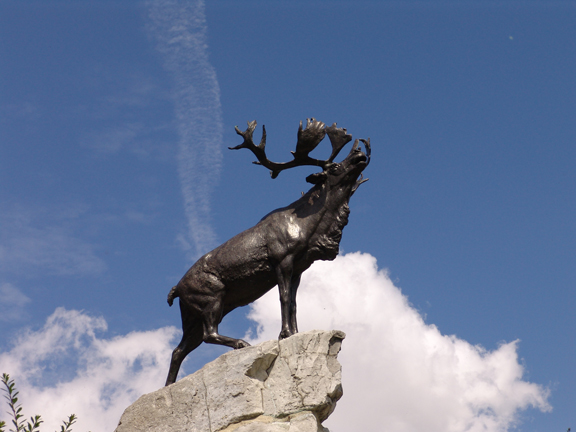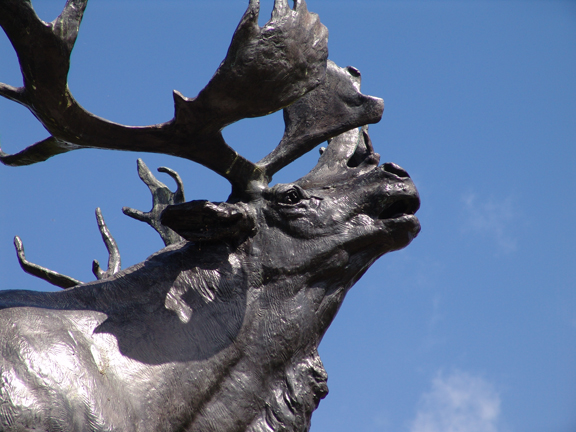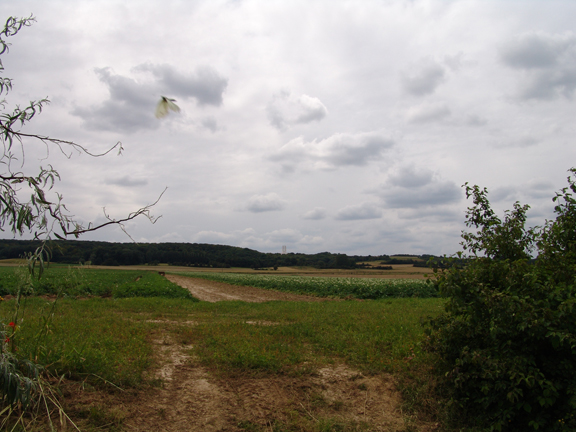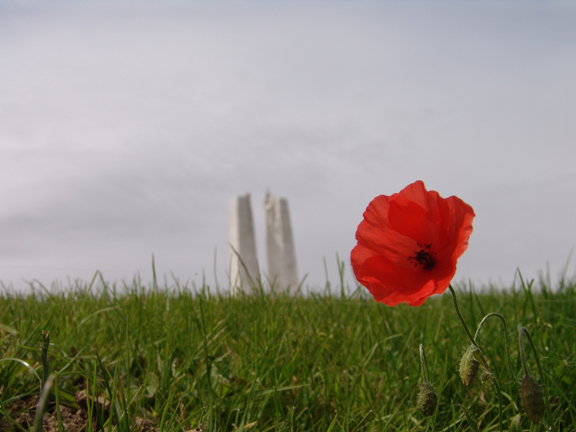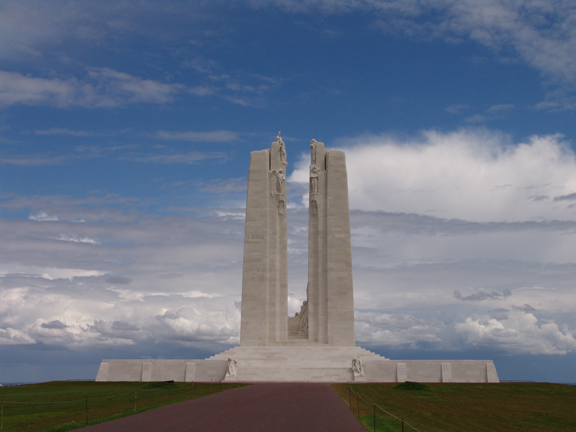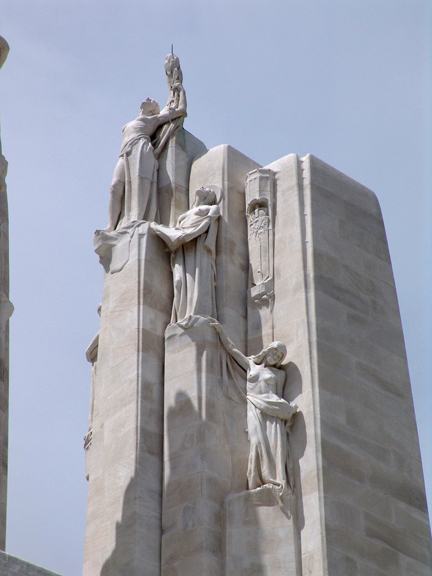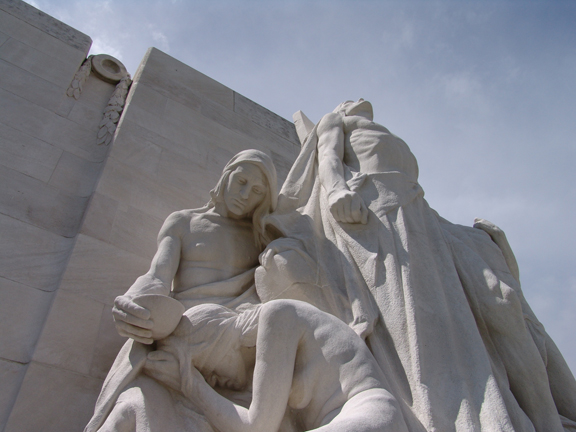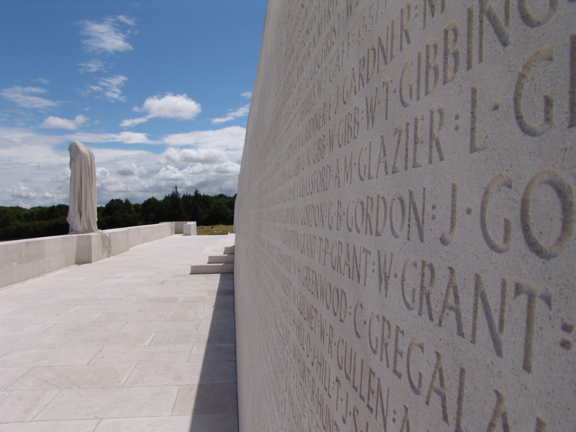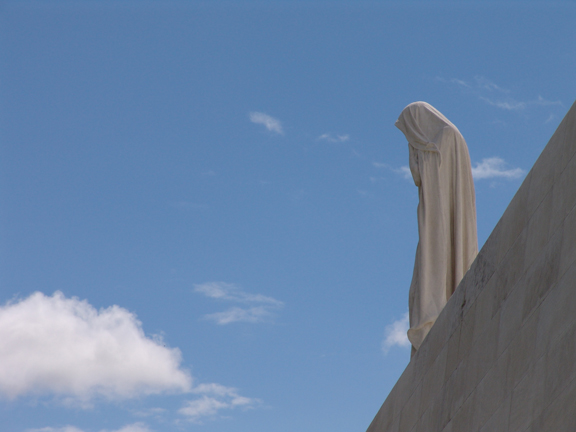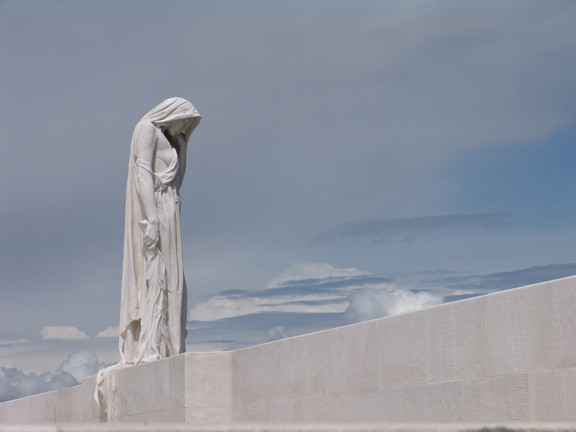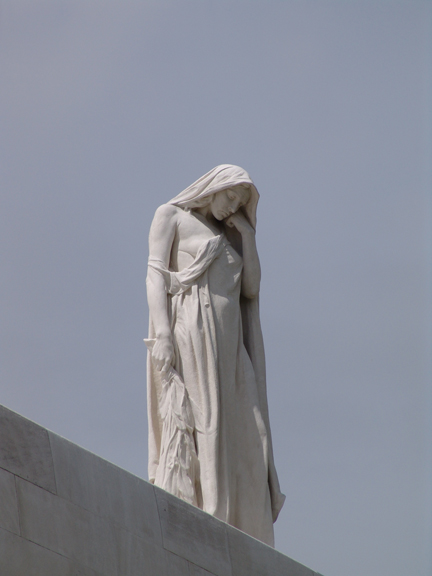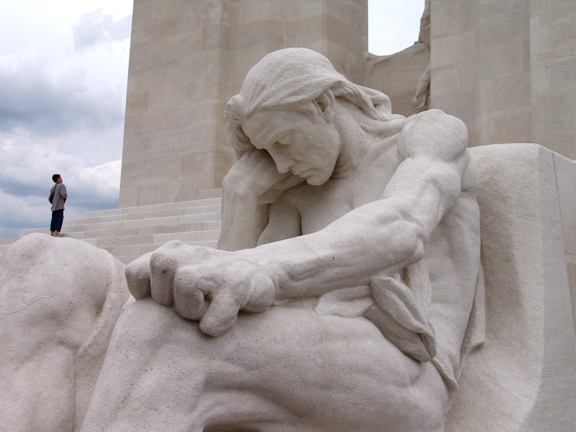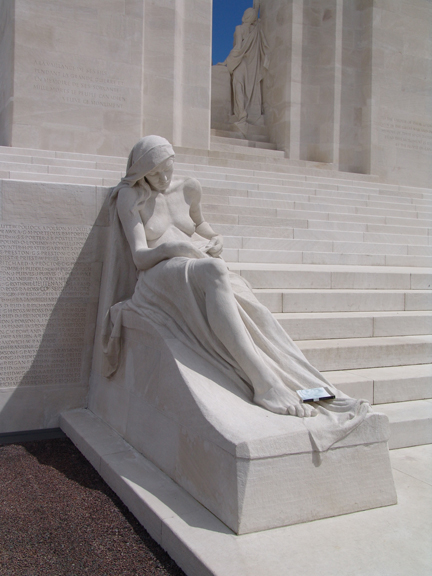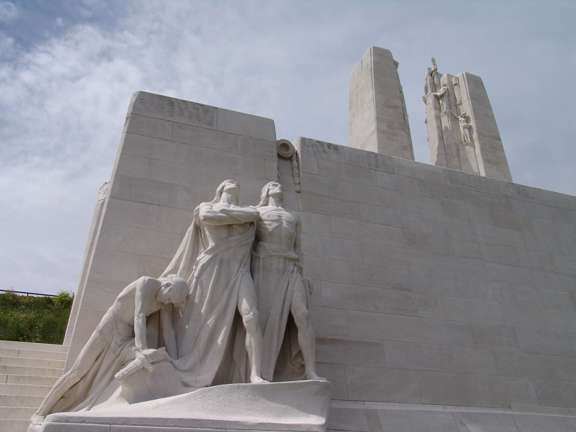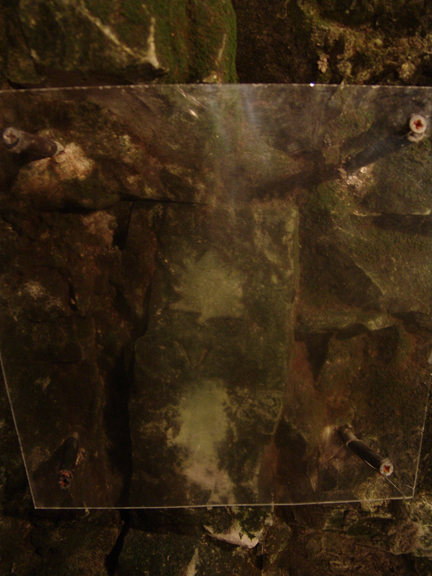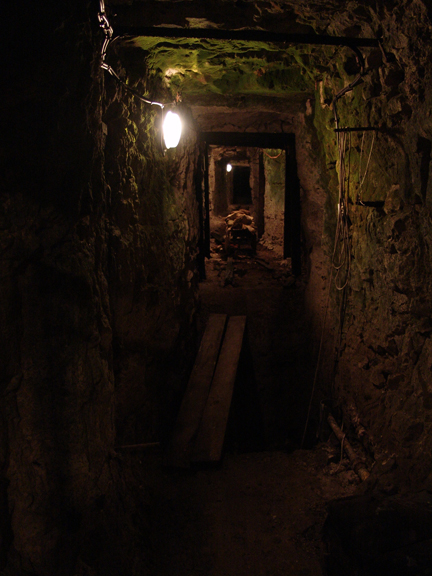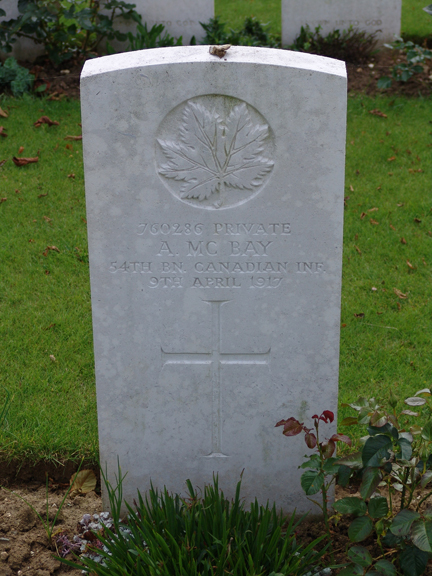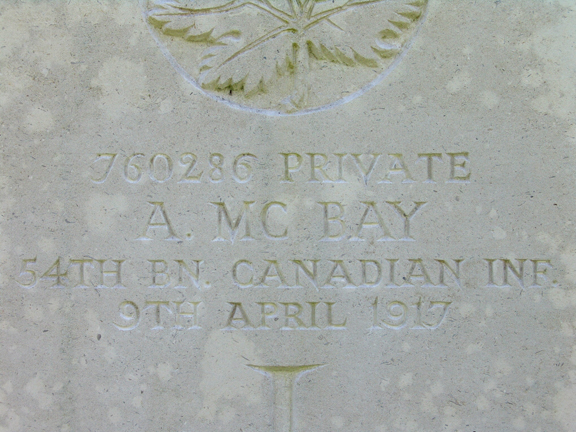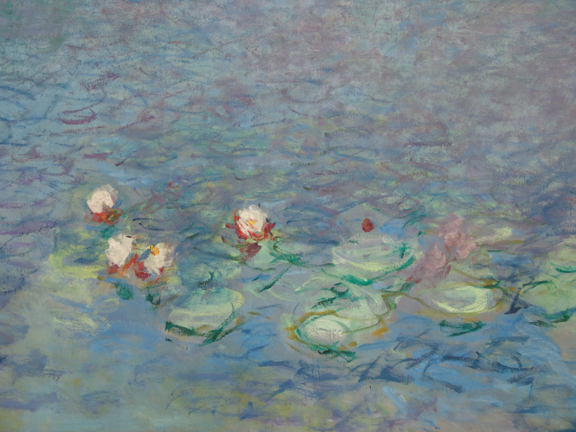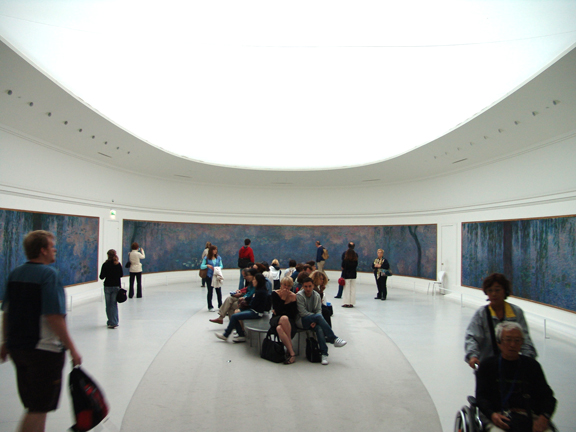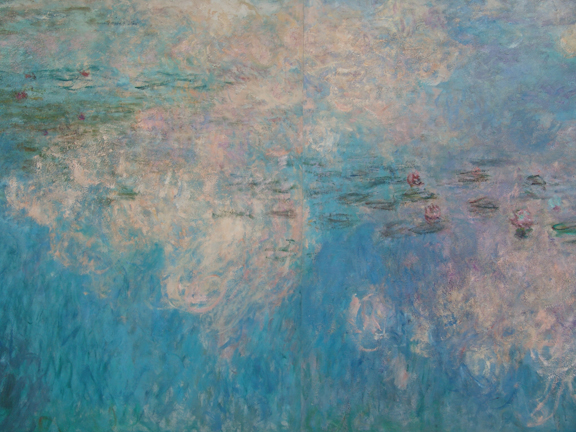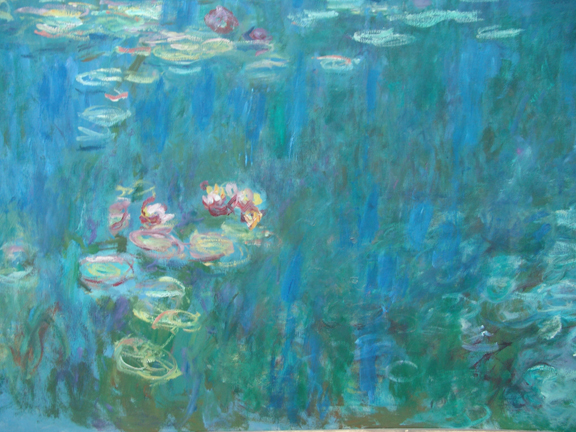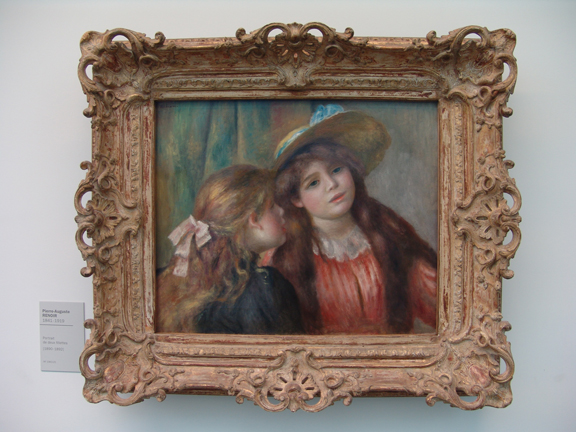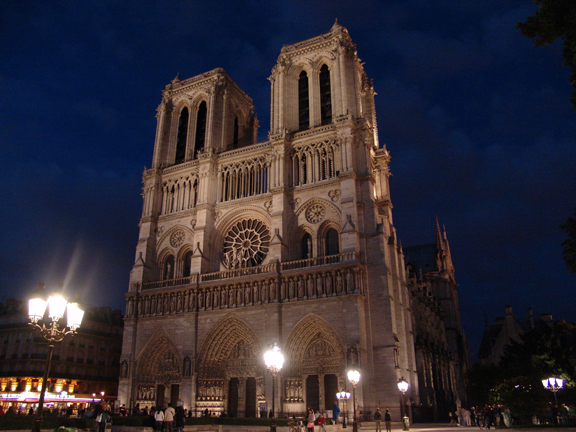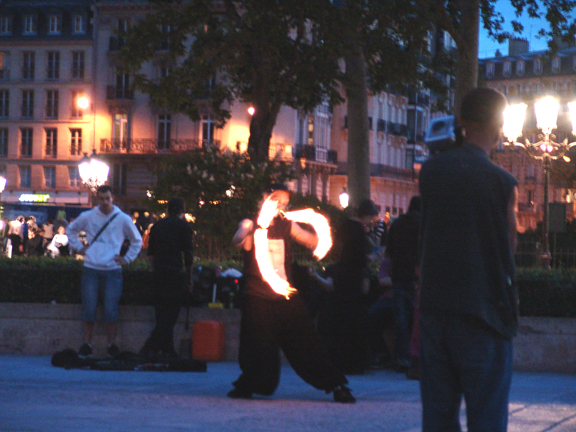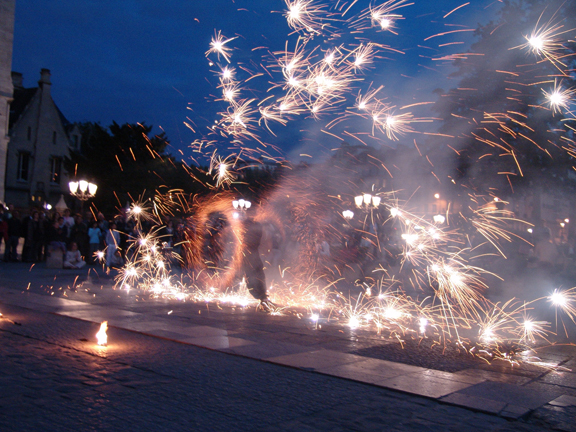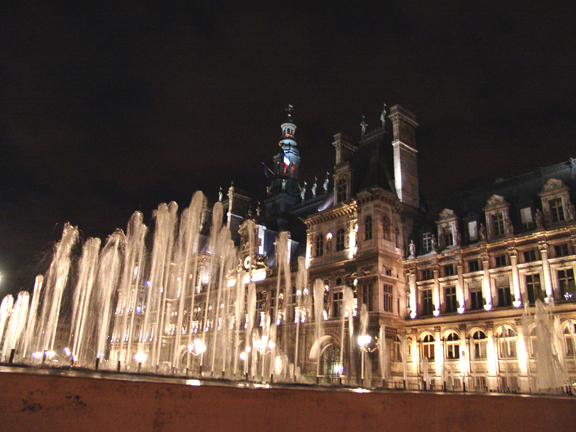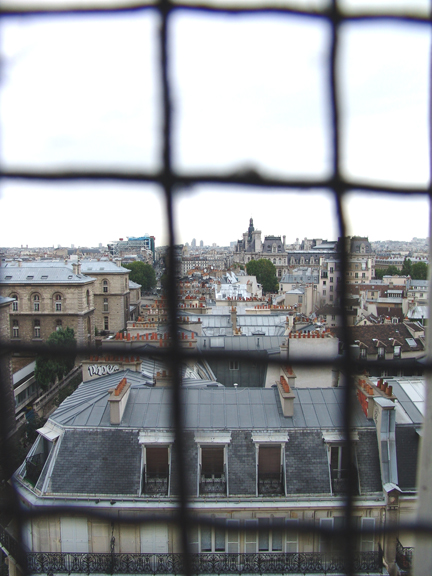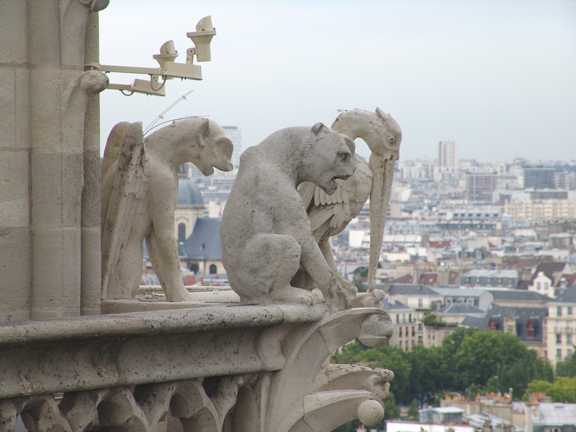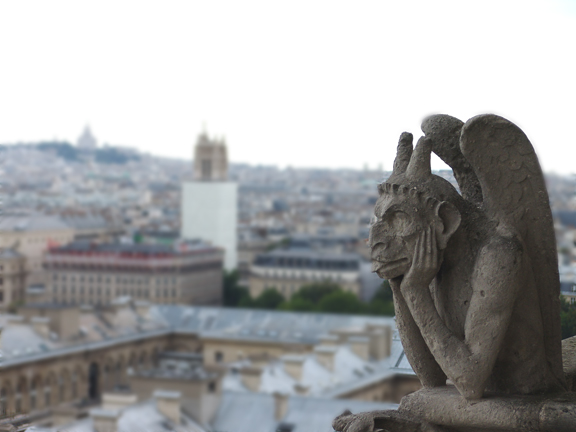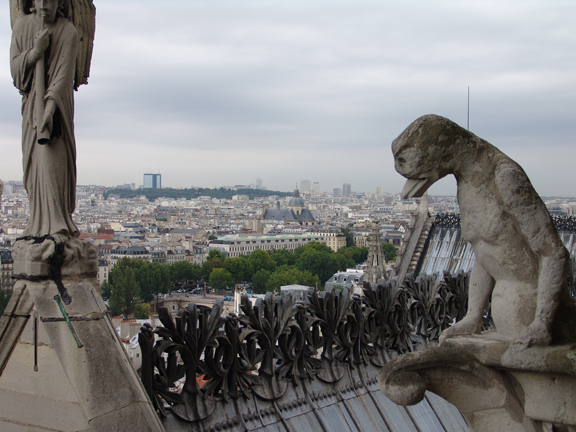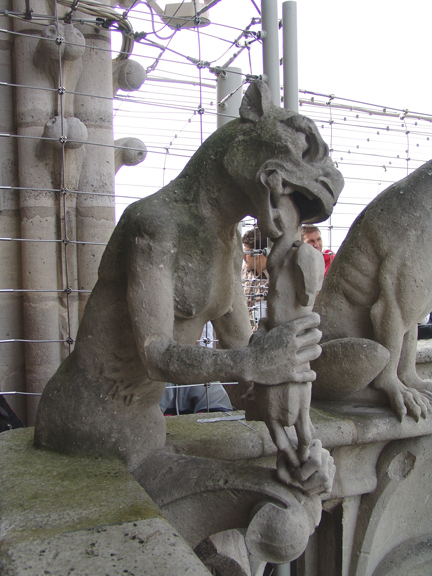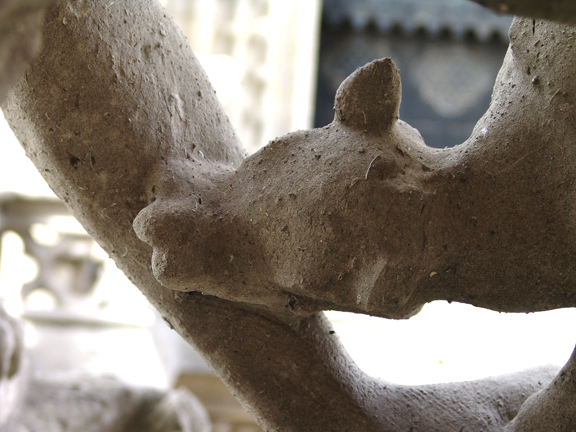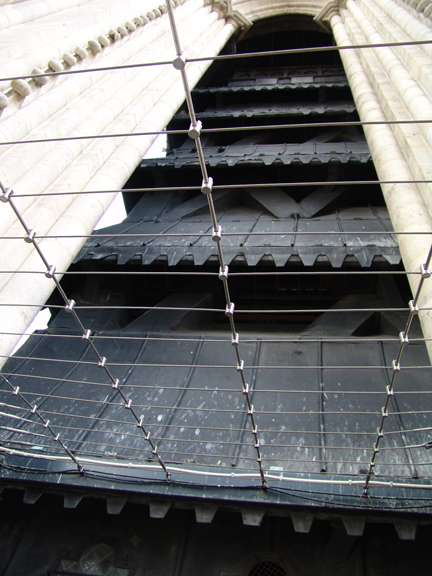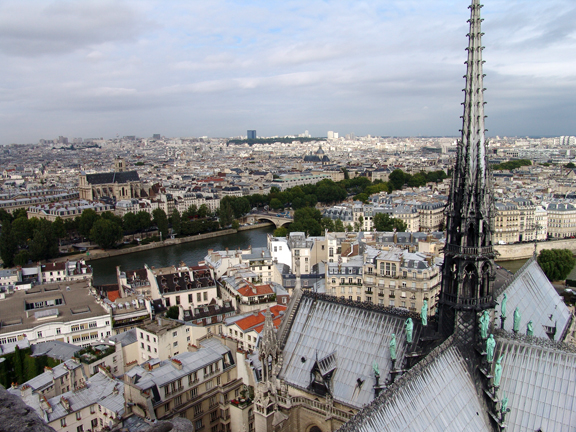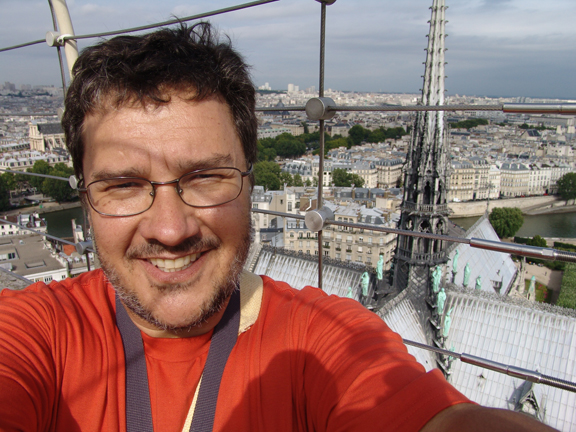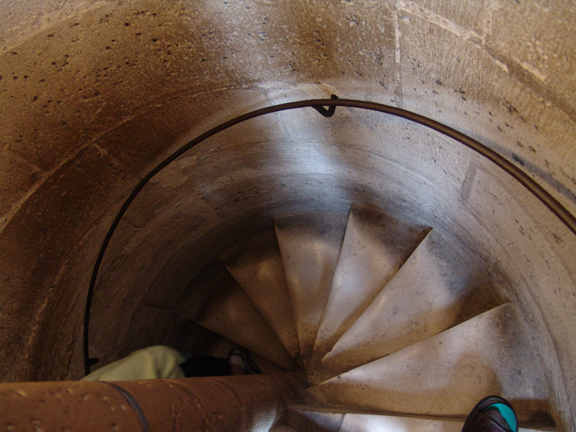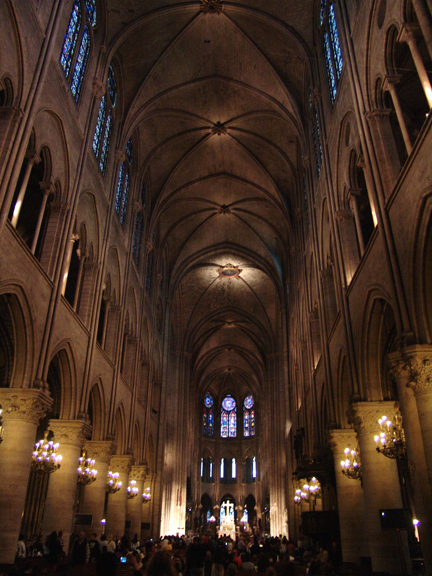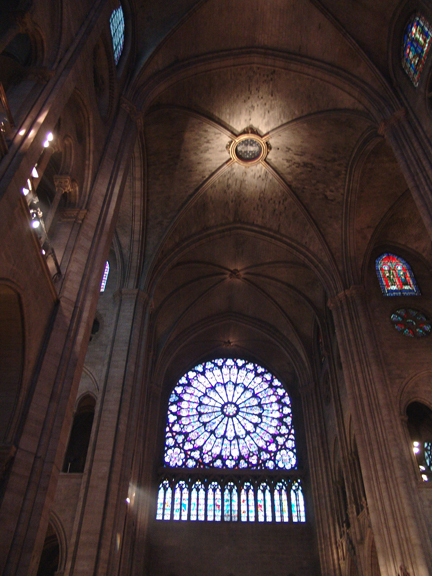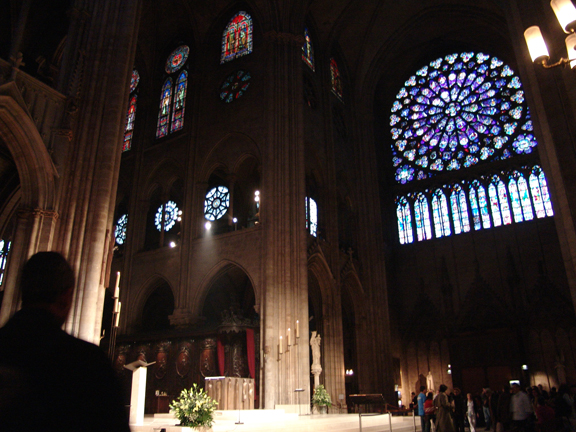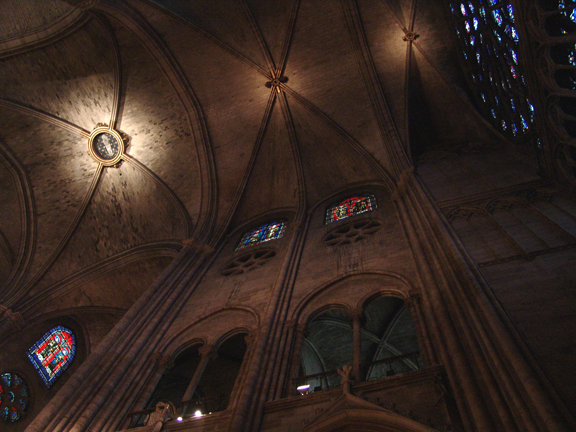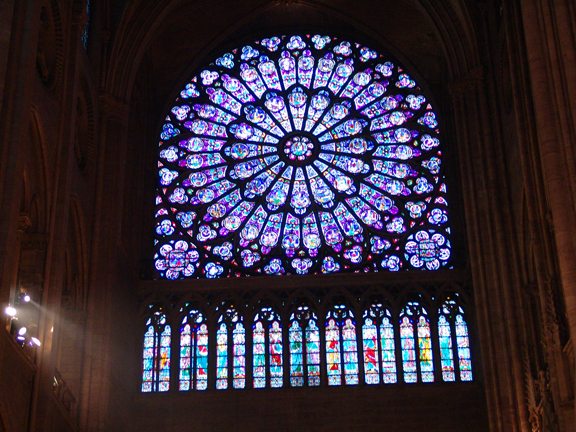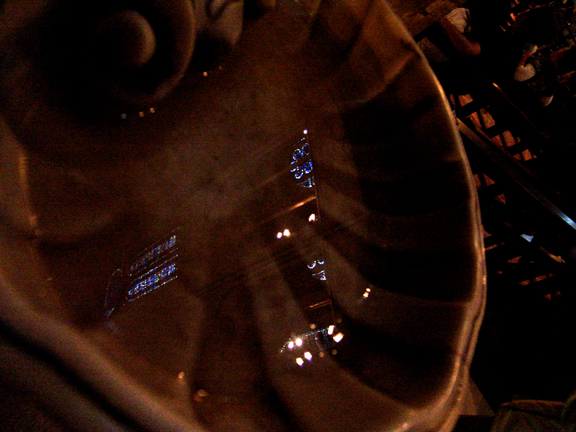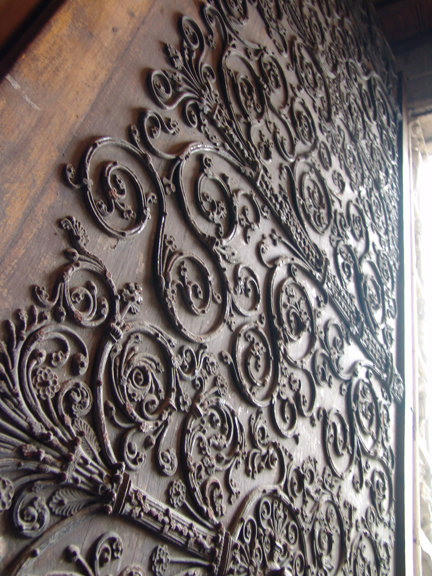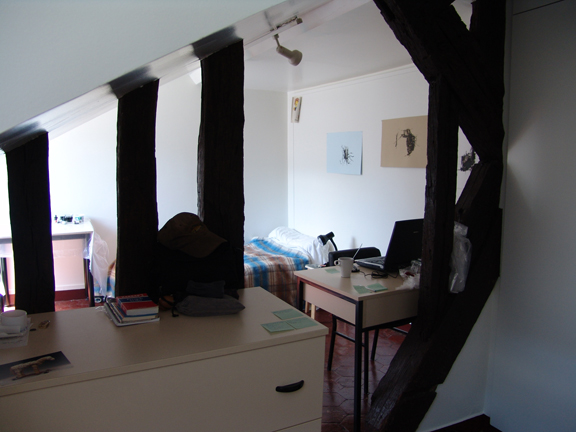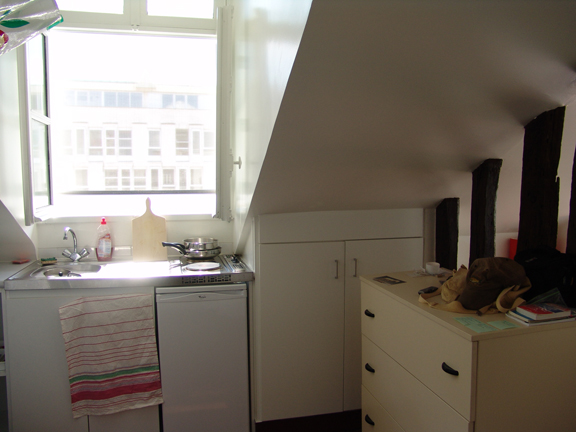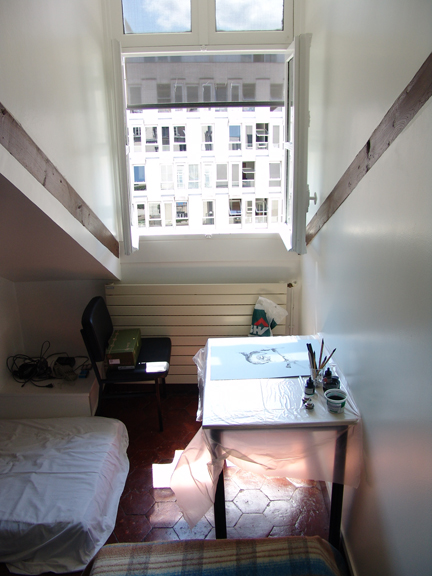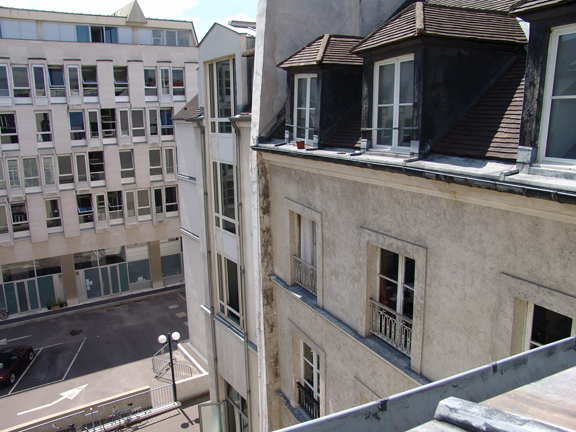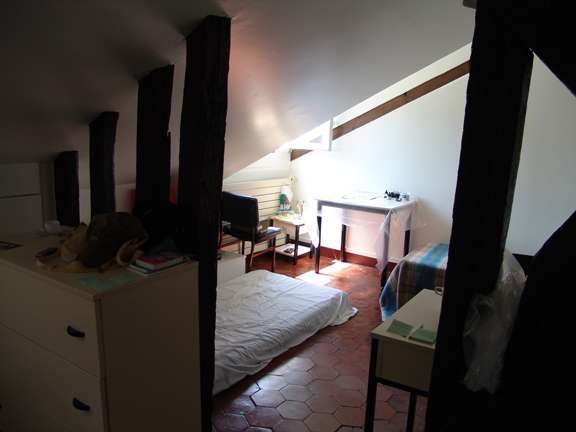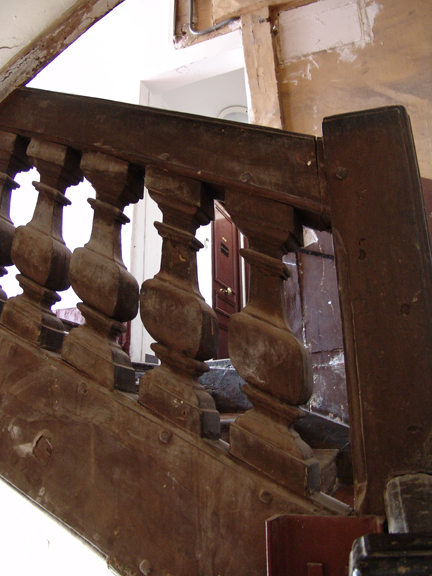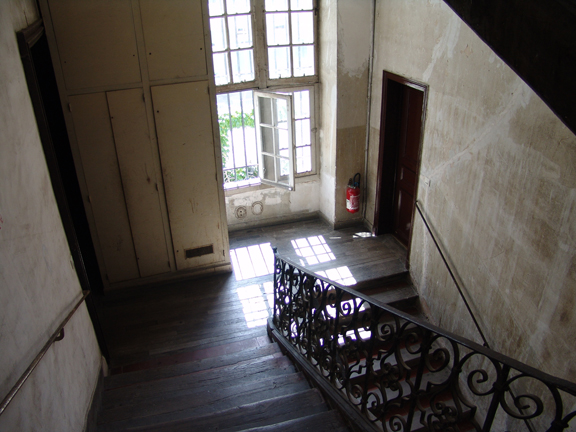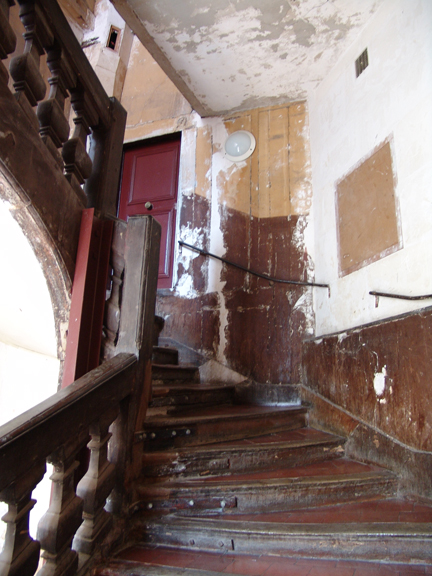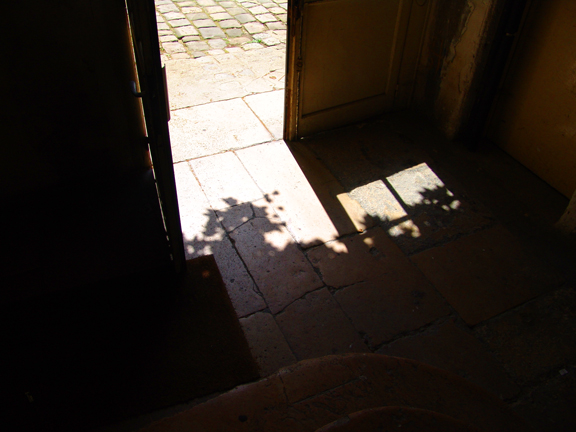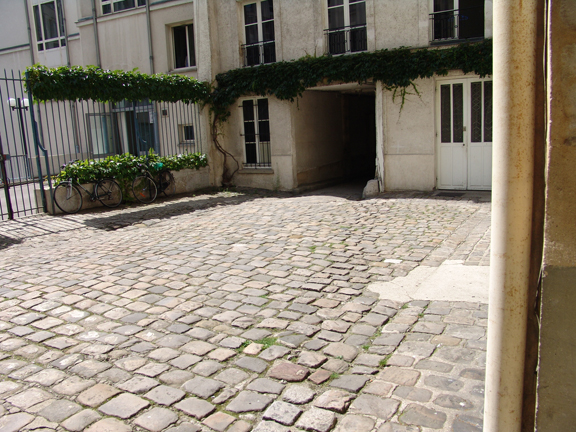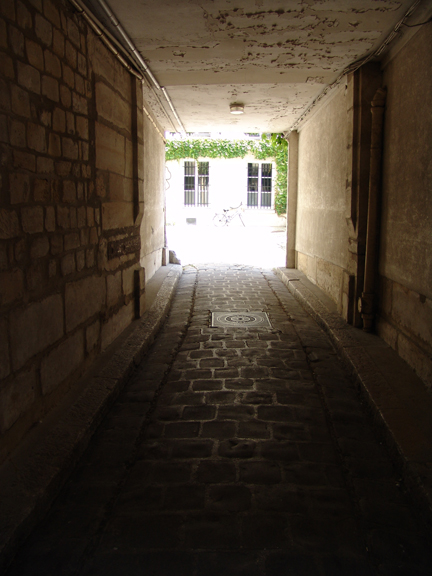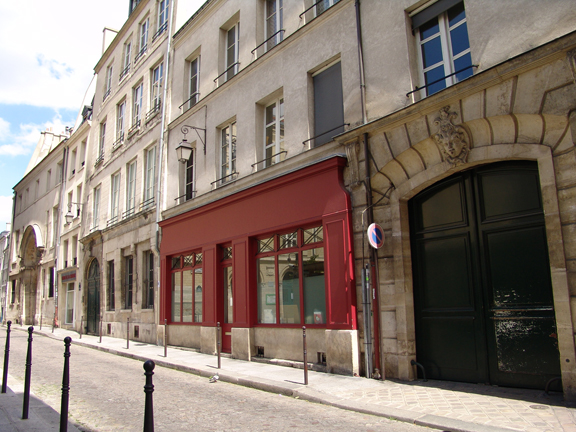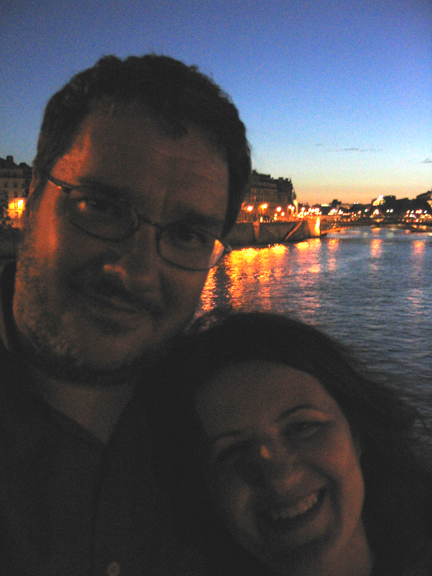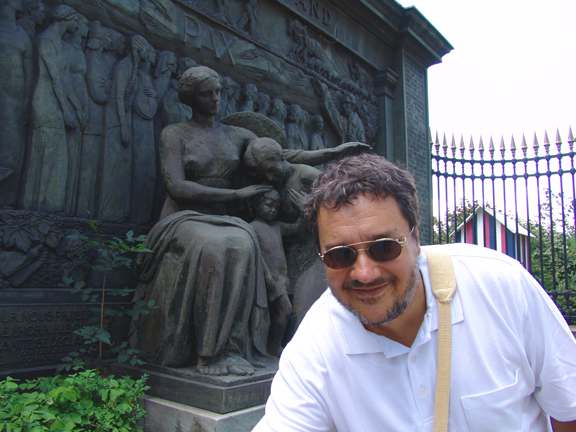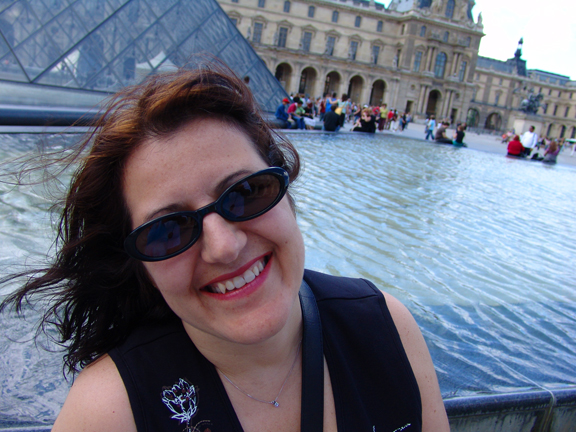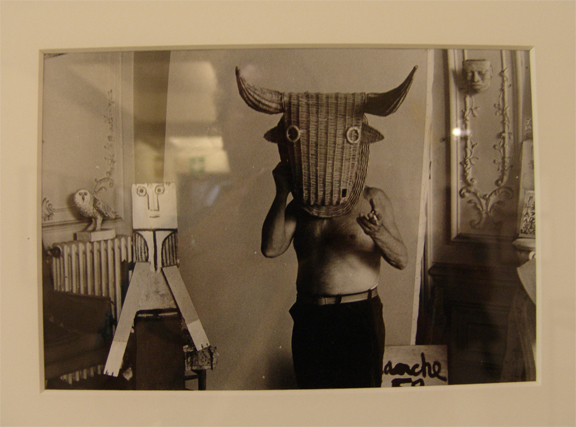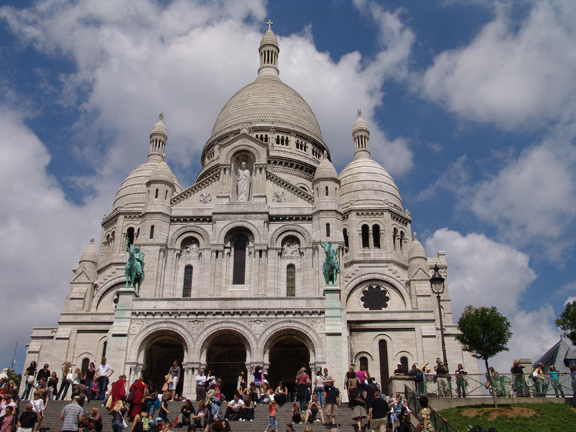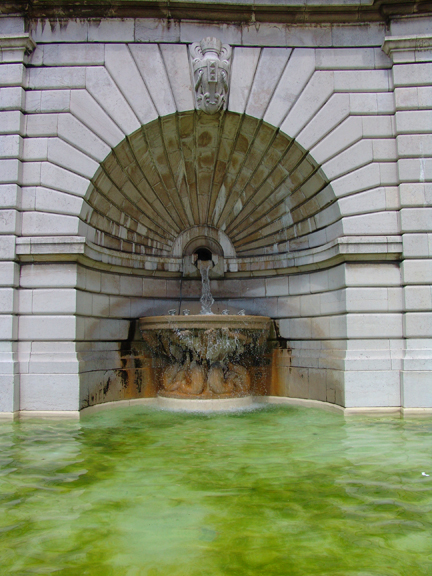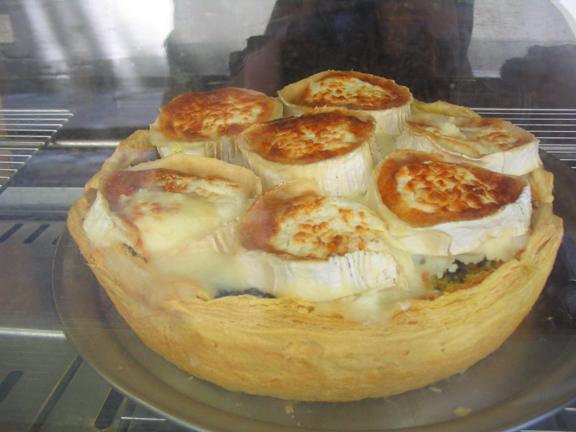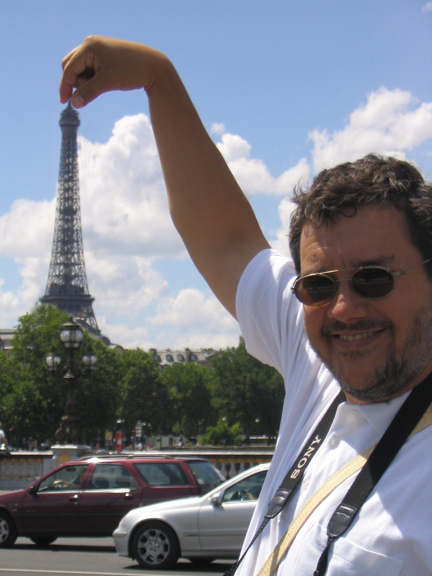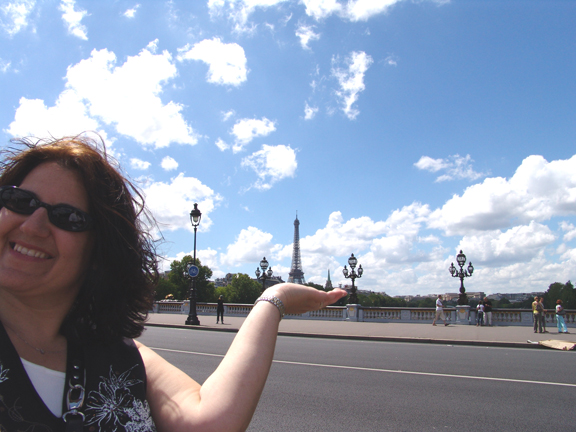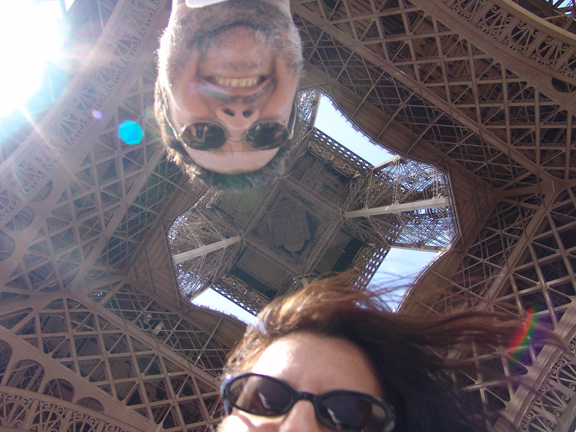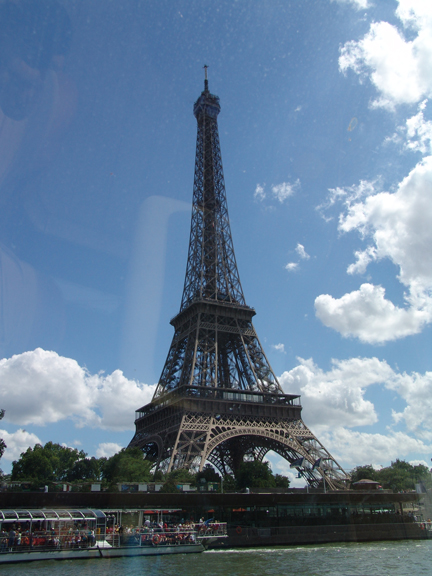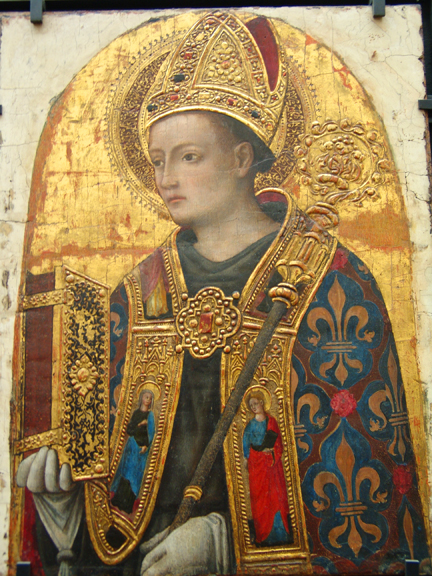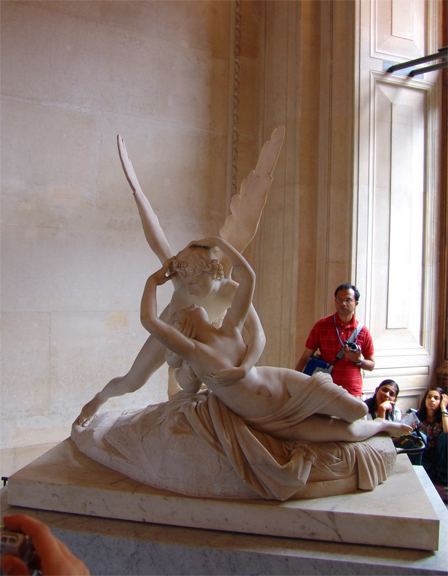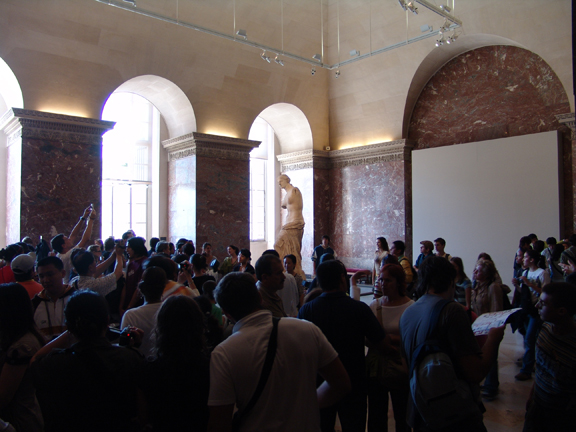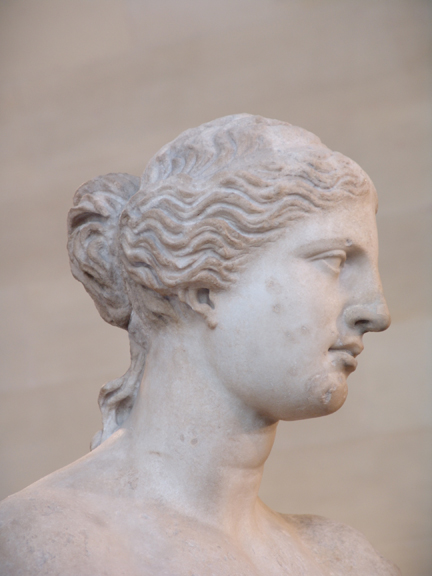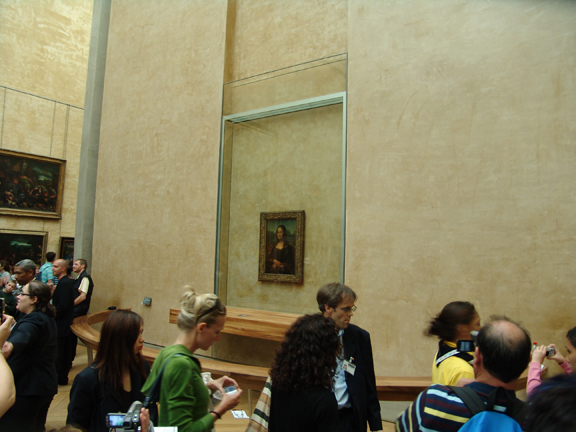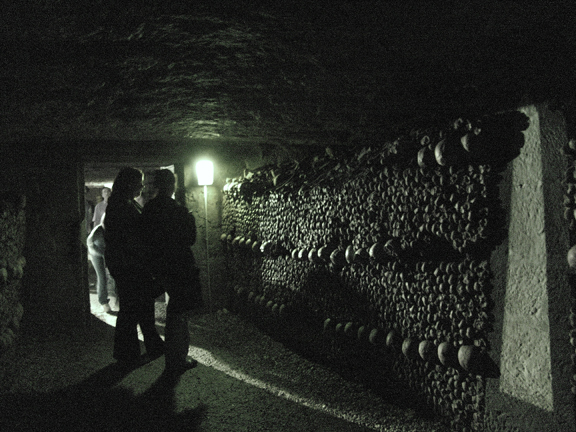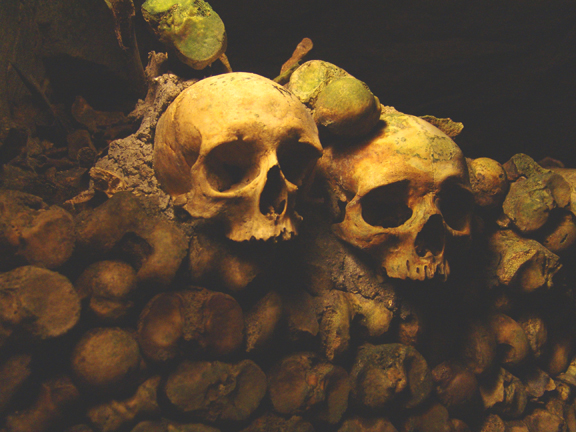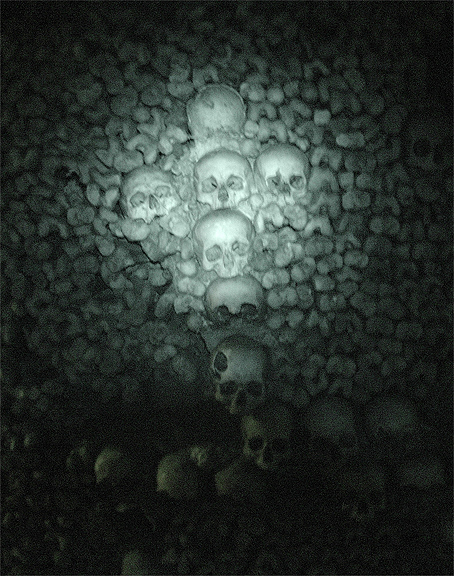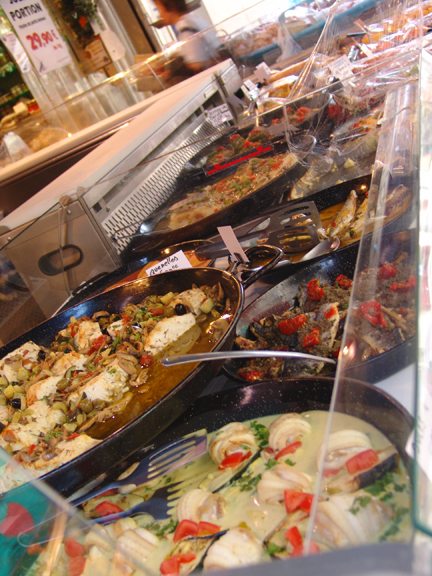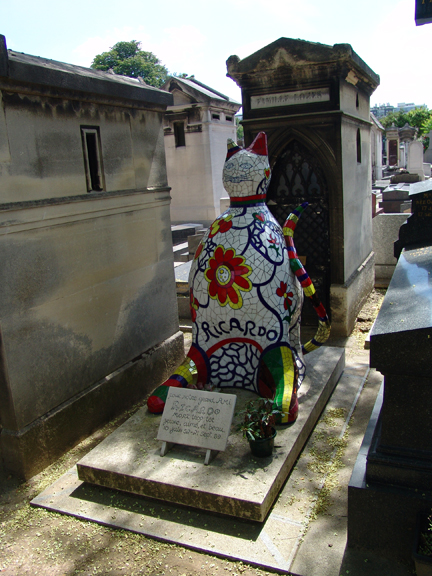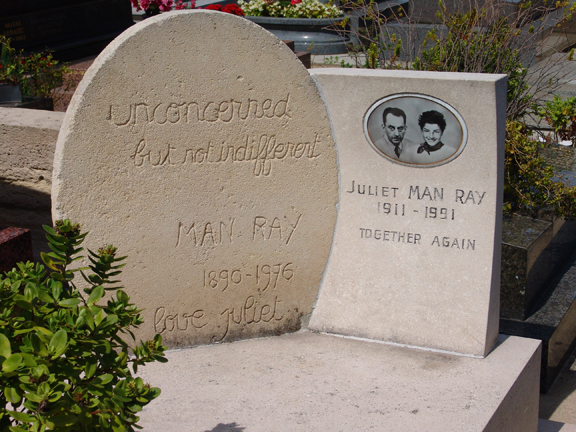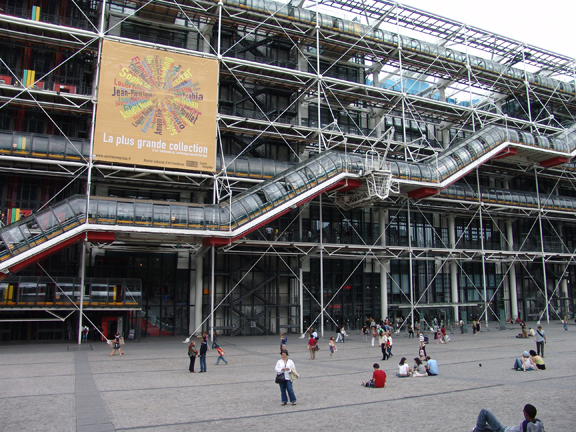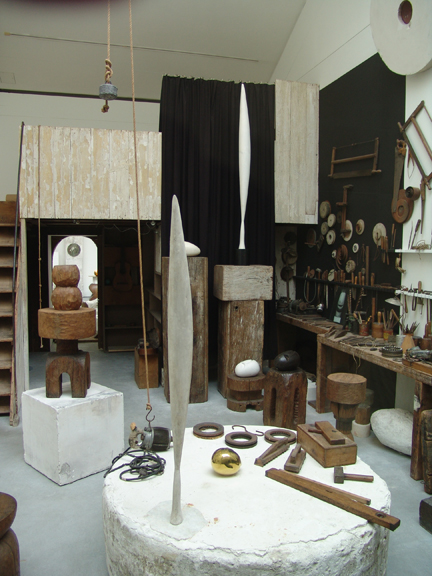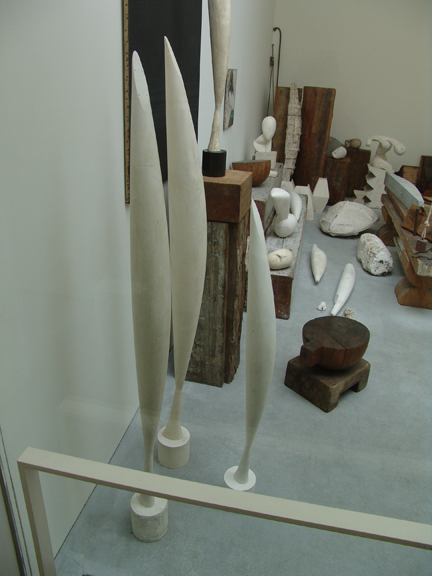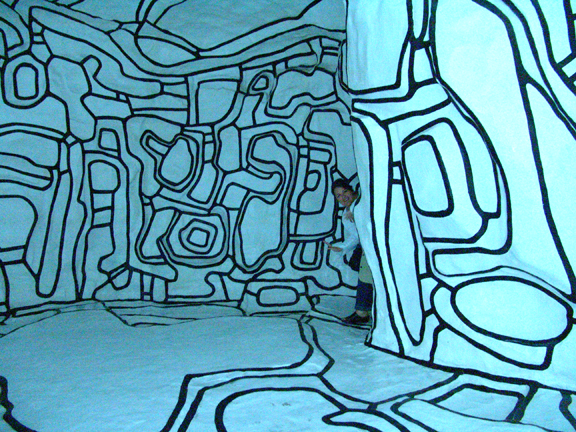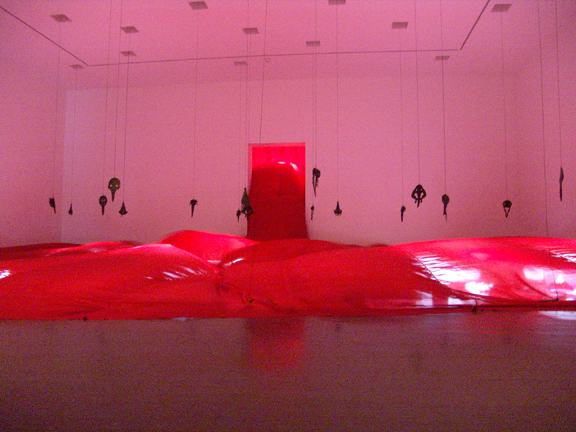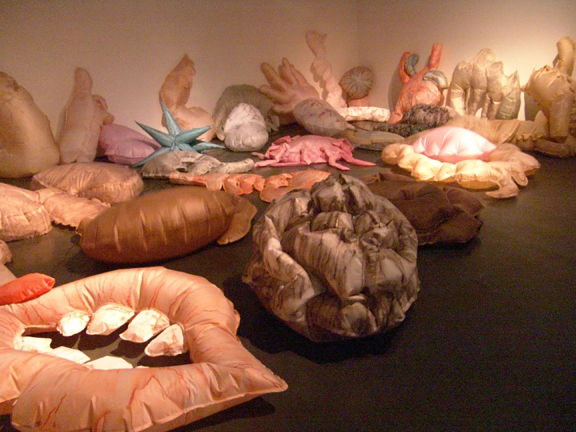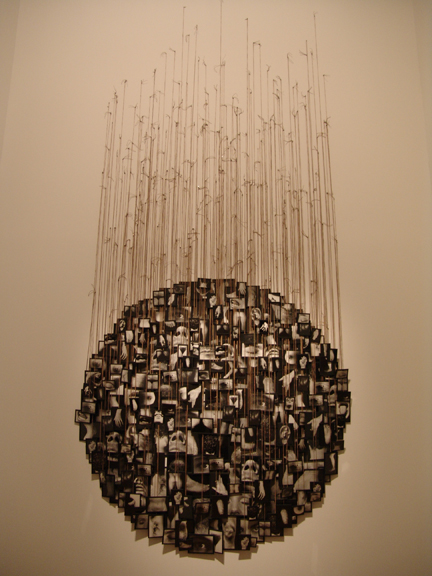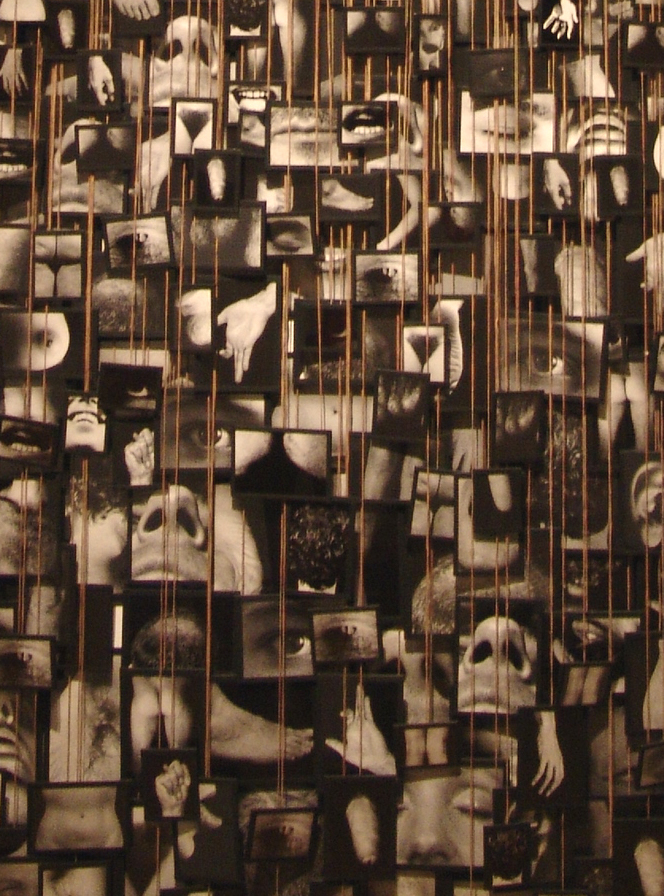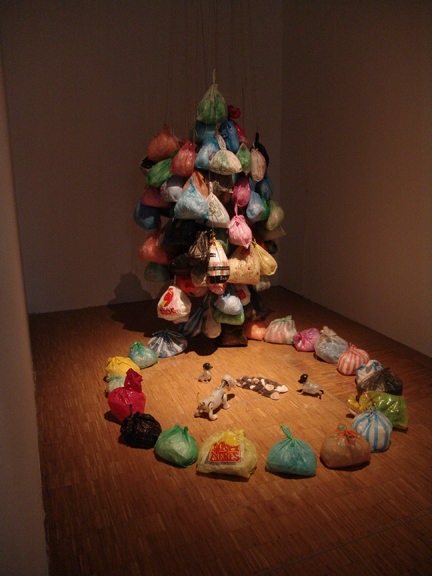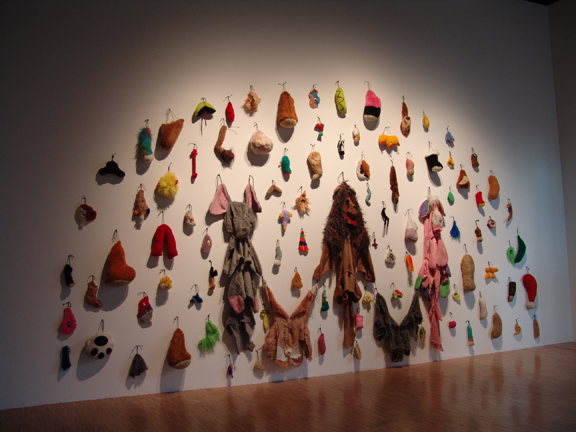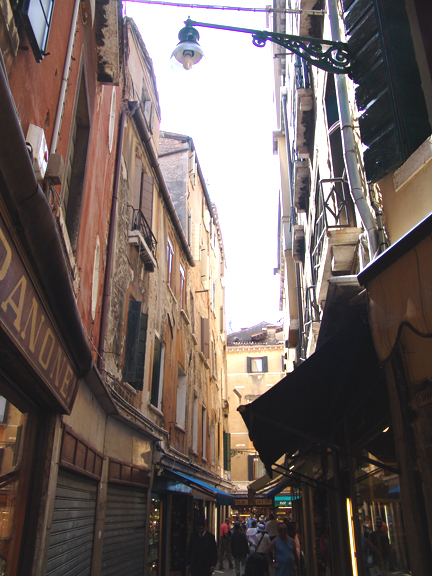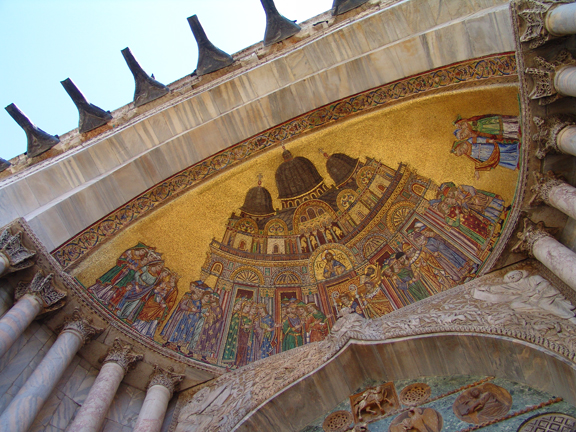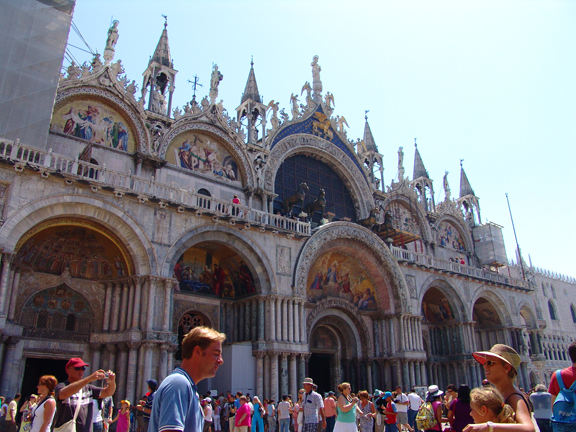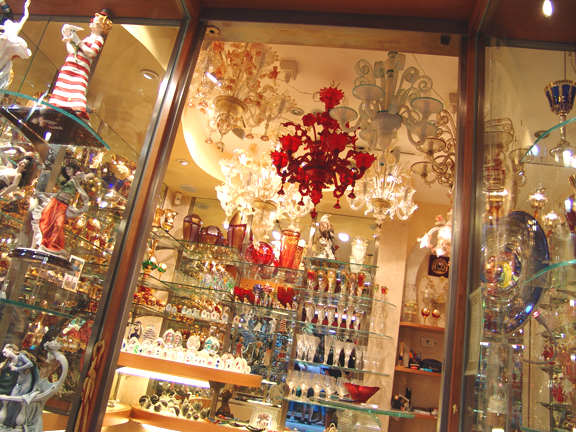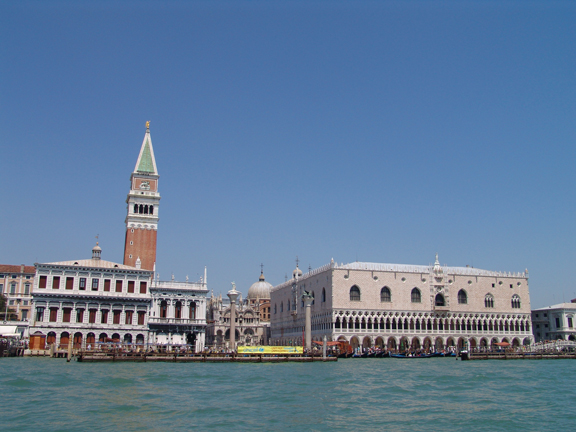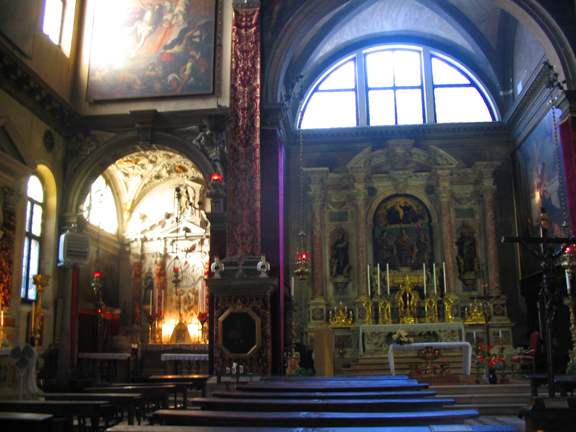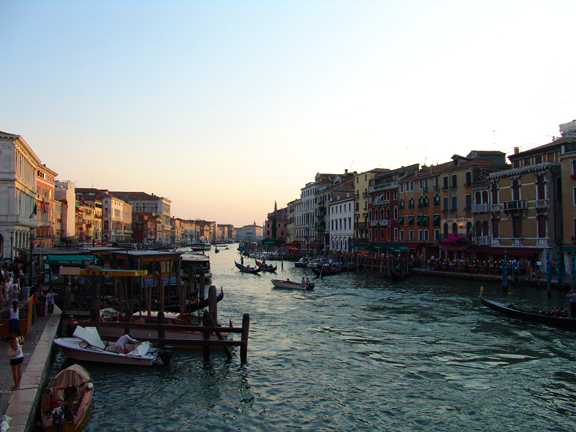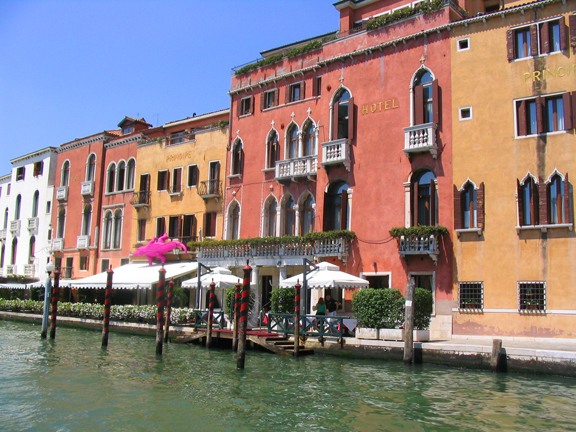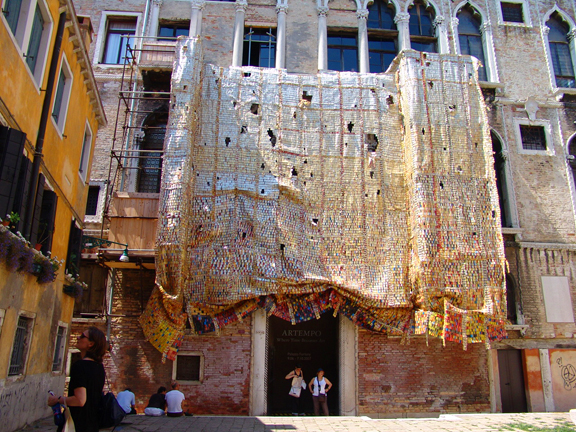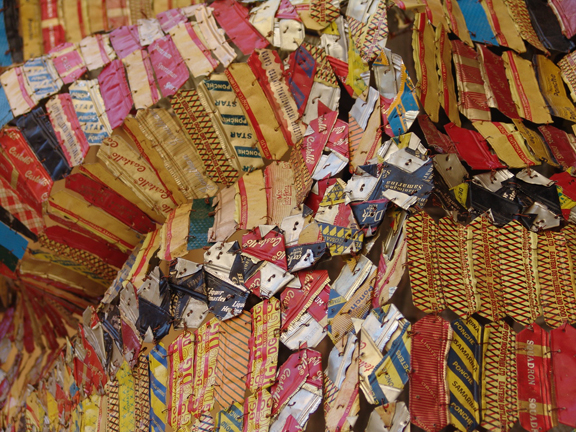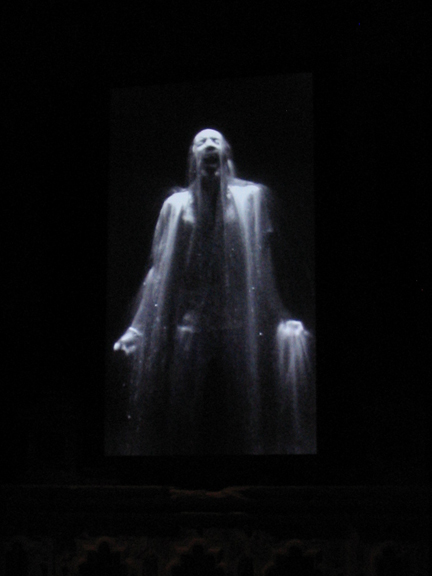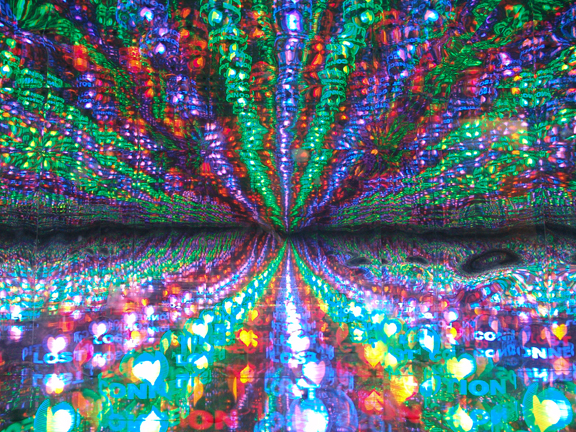|
|
In the summer of 2007 my colleague Duncan MacDonald was awarded a 3 month residency at the Cite Internationale de Paris. Unfortunately for him (and lucky for me) he was unable to stay for the full 3 months, as a result he was kind enough to hand the space off to me for a short but very sweet 4 week period in July of that year. Needless to say the opportunity to work, think, view and read about art and ideas in isolation was a profound experience which resonates in my current art activities to this day. The links below will take you to specific points of interest: Anselm Kiefer, Rodmin Museum et Notre Dame In Paris > ~ the Rodin Museum. ~ a stunning exhibit of Anselm Kiefer's work at the Grand Palais which was an unbelievable space to see. His work reflecting on the wreckage of a century of war & destruction was installed in a MASSIVE 19th century exhibition palace. The contrast between his work and how he worked with the space was spectacular. ~ an exhibit of Georges Baselitz's early works on paper. ~ a hilarious and wonderfully disturbing Annette Messager installation at the Pompidou that has to be seen to be believed (I'll post pics of that one later as the pics I got were poor and I will be revisiting the show). ~ the beauty of the Notre Dame cathedral. View of the Anselm Kiefer exhbition, and the space.
One of Anselm Kiefer's "paintings".
Close up of one of the figures of Rodin's Burghers of Calais. Quite the story behind these fellows, I advise you to make a quick visit to wikipedia if you do not know the story!!!!
Rodin's Burghers of Calais.
Notre Dame
Headless saint on the north front portal of Notre Dame.
Notre Dame
Sunset over the Seine.
Night descends upon Paris.
These are my good friends Duncan & Melissa and their Lily the live-wire daughter! We had the pleasure of sharing a bottle of wine with the sunset over the Seine. The pictures above this one were taking at this little "party". -------------------------------------------------- To Vimy, Lens and into the past.... The vast fields stretch as far as the eye can see, it is an achingly beautiful place. Then there are the cemeteries. They dot the landscapes like seeds scattered across the Somme Valley and are stunningly maintained gardens of memory. Each one a vessel to hold not only the remains of those lost but the grief of the generation who survived. These places are manicured better than any golf course you will see and the French tend them with infinite care and attention to detail. The gravity of history weighs greatly in the fields of northern France and I did not expect these places to move me so deeply. Walking the tunnels that my Uncle Albert paced before jumping off for the Battle for Vimy Ridge, and later the hillside he lost his young life upon was a strange and humbling experience. The main purpose of my journey into the area history knows as the Western Front was to visit where my Great-uncle is buried near Lens that I might leave a tiny piece of his homeland with him in the form of a small bronze pine cone which I fashioned last year in a sculpture workshop. I also visited the Newfoundland Memorial and the newly re-dedicated and restored Vimy Memorial.
I remember my Great-uncle's little sister Margaret periodically mentioning her brother over the years. She had his last letter home, and a dusty old carte de visite of him. She also mentioned that to her knowledge no one in the family had ever made the journey to his cemetery. Because of this I had always felt a certain sadness in the loneliness of his fate (one sadly common to tens of thousands of victims) seemingly a world away from his home, friends and family. His name was Albert Lawrence Running and like so many young (and not so young) men of his time was, along with his brother Thomas (late of Grand Island New York), swept into the maelstrom of war enlisting late in 1915. After his training he was sent into the line October 26, 1916 with the 8th Battalion, Winnepeg Rifles (aka The Little Black Devils) in time for the conclusion of the 5 month long massacre otherwise known as The Battle of the Somme. They relieved the embattled Australian divisions who had been bled white in and around Pozieres. He spent the winter of 1917 learning the routines of trench life, raiding the German trenches under cover of darkness and training for the Battle of Vimy Ridge which he took part in that April. A scant four months later he perished in this tragic and pointless conflict on a hot day in August during what is known as the Battle of Hill 70. I look at his picture sometimes and I try to imagine what he was like or might have been like if I had met him in my childhood along with his sister, had he survived he would have been in his late sixties. If he was anything like his sister I imagine that he might have been quite the colourful character, however, try as I may the expression in the photo betrays little emotion beyond his calm demeanor. In the end there are only empty spaces and questions about this young fellow who the earth took back far too soon. Born March 7, 1897 Albert Running was only 20 years of age when he died.
The Bronze pine cone, and some fresh flowers I picked that morning. -------------------------------------------------- The Vimy & Newfoundland Memorials.... Just a few kilometres from a town called Albert is a small village named Beaumont Hamel. On July 1, 1916 during the course of about a 20 minute advance measured in mere metres, over 700 of the over 900 men of the Newfoundland Regiment lay dead or wounded. Exacerbating the situation further the High Command insisted on a second advance. They did not realize that the entire communication trench system was entirely clogged with the dead and wounded, as a result the second attack was a disaster as they were forced to advance in the open a greater distance. Total casualties that day for the entire British Expeditionary Force was in excess of 60,000. As a result of the dramatic impact of the battle after the war the Newfoundlanders put into action a rather dramatic set of plans to preserve this place for all time. The result was the Newfoundland Memorial of Beaumont Hamel. Unlike the vast majority of monuments on the Western Front they chose to preserve the trenches in the surrounding area of land they had purchased from the French Government. Their thinking was that there were so many losses with no known grave that the area was essentially a vast mass grave and so they chose not to disturb the final resting places of so many of their young men. As dramatic as the land is surrounding the monument, nature has slowly begun healing its wounds. Softening the craters and trenches the effect now is somewhat graceful in appearance if one did not know what happened here all those years ago. What is striking however is the central motif of the monumentally scaled bronze caribou, the symbol of Newfoundland. Standing resolutely upon a rock cairn, arching its head to the sky, mouth open it seems to be calling out, perhaps for its lost sons.
Where the Newfoundland Memorial is dramatic in its directness and simplicity, the Vimy Memorial takes the opposite route and focuses on scale and dramatic and solemn intensity. Constructed over 15 years designed and obsessed over by architect and sculptor Walter Allward and a vast team of masons and sculptors, it is the without doubt the most imposing monument of the entire Western Front. It is also unabashedly emotional, and powerful in its bearing. The most dramatic aspect of the complex sculptural programme is the solitary figure of Canada, depicted as a woman in a long cloak, her head shrouded in mourning. She stands dejected and sad overlooking the field that her sons had fought and died on. View of the Vimy Memorial from several kilometres away. These fields were the German rear areas and were under intense bombardment in the weeks leading up to the attack.
A poppy with the Memorial in the distance.
The book resting at the figures feet was a copy of Jane Urquhart's The Stone Carvers, which I left there for anyone to take. Interestingly, my art dealer had been telling me to buy a copy as he thought I'd like it. I bought it a couple of weeks before the trip and I discovered that it was a novel set in the late part of 19th century canada, and the early part of the 20th century. The characters in the story eventually end up working on the carving of the Vimy Memorial. After finishing the book there at the monument that afternoon I felt it appropriate to pass the book on to someone else at this place.
The figure on the left is in the act of breaking a sword.
A maple leaf carved by some soldier into the chalk walls of the tunnels below the ridge.
The cramped spaces in the tunnels, my Great-uncle would have been waiting somewhere in these tunnels just prior to the battle.
After visiting the Vimy Memorial I paid a visit to the Givenchy Cemetery which is on the same site. In it are buried many of the Canadian soldiers killed on that snowy morning. I came across this one and was quite surprised by the name on it.
-------------------------------------------------- A day in Paris at the Musee de l'Orangerie....
A warm baguette, a nice shot of hot French coffee and a quick ride down the Seine on the subway to visit the Monet waterlillies that reside at the Orangerie. Their scale is breath taking and the display which is in an oval room immerses you in them. The biggest ones are approximately 18' long and 6' high. Their impact is even greater when one considers the circumstances that these incredibly ambitious works were done in: ~ his eyesight was seriously failing at the time (he later had two operations for cataracts)
These works are the dreams of peace of an old man. He had seen his country ravaged by war once when he was young (the Franco Prussian War in the early 1870's), and he was witnessing an even greater tragedy in his autumn years. Visiting these 8 massive works one feels in the presence of so much....beauty, passion, imagination, and daring. These works are not the stodgy end of career wind down of a previously famous artist whose best works were in the past. In some ways they are his crowning achievement. The Orangerie has a wonderfully concise collection of impressionistic and early 20th century works on display. In particular I was taken by the Renoirs. I've never been too fussy on his work and many art historians tend to see him as somewhat fluffy. However, the works were so incredible beautifully rendered and sensual it is hard not to give him his due.....
-------------------------------------------------- Night & day at Notre Dame.... Here are a selection of photos taken of Notre Dame, some at night including some spectacular pyromaniacal performance shots and a series of photos documenting the following days visit up the cathedral tower, and inside the almost 1000 year old building.
The Grand old Lady at night.
This fellow specialized in juggling and spinning small mace-like metal balls at the end of chains that were on fire.
The Hotel de Ville and fountains on my way home from my night time visit with Notre Dame. The next day I visited with the purpose of going up the Towers of Notre Dame and visiting the interior of this magnificent structure. Seeing this kind of work, and the fact that it took the better part of 200 years to build leaves one quite moved and humbled.
Ascending the tower.
Some of the residents of the towers. Unless you go up the towers you dont have a clear idea of how entirely encrusted it is with all manner of fantastic beasts, animals and monsters of all descriptions. This strange bestiary resides in and around the gallery area that joins the two towers about half way up the building. Notre Dame's second most famous resident after Quasimodo.
This fellow is sticking his tongue out at the Cite Internationale des Arts, where I am staying.
One of the tower residents with an appetite. At first I thought he was munching on some poulet tartare...
.....then I saw this little fellow getting a good bite in on his diner before he is officially a meal.
The bell tower that started tolling while I stood in front of it. Click on the picture to hear it.
View from the top looking across the crossing of the cathedral.
Me on top of the tower, the studio facility I am staying in is more or less coming out of my left ear!
And back down to tour the inside. As you can see it is quite a tight space. Not for the claustrophobic, or unhealthy as there are about 422 steps.
A view down the nave looking towards the altar.
The ceiling above the crossing looking at one of the transepts, and one of the rose windows.
View of one of the rose windows next to the altar at the crossing.
The ceiling of one of the transepts showing the crossing and one of the rose windows to the right. Click on this picture to see what I was hearing as I took this picture.
The rose window on the Seine side of the cathedral.
Reflection of some of the stained glass windows in the water of a small font near the main entrance.
And out the 18 foot high door I go. -------------------------------------------------- Here is a sequence of recordings sampled from my numerous walks about the streets of Paris. ~ the quintessential european police vehicle siren The file is HERE. PHOTOS OF THE STUDIO RESIDENCY BUILDING AND SURROUNDING ENVIRONS
View of my sleeping quarters, and computer desk
View of my kitchenette
View of my workspace. As you can see things are pretty tight. This particular room was probably laid out with a writer in mind. However, I am used to making tight spaces work.
View out of my workspace window
Another view of the tight little work space.
The door to my studio seen between the banister bars of this ancient stairwell.
View down the stairwell. As you can see the building is quite ancient, couple hundred years old I imagine. The Cite is a facility featuring a number of annexes, of which some of the buildins are "new" (built in the 1960s) and others varying in age.
Although the studios are in excellent working condition and quite modern, it is interesting to see the contrast with the interior stairwell and the exterior of the building as you will see below.
Beautiful ancient stonework in the foyer of the entry to my studio building.
Cobblestone courtyard outside the front door of the studio building.
Passageway through the inner area of the studio annex I am located in.
Entry gate to the annex my studio is located in. -------------------------------------------------- Sigh(t)s of Paris My little bear and I our first night together in Paris.
I was a good boy on this trip.
A work of art smiling outside the Louvre.
Pablo Picasso up to no-good with a bull's head at the Picasso Museum.
View of Sacre Coeur.
Fountain in front of Sacre Coeur.
A delectable quiche-like dish called Tartine Berthillion capped off with some lovely and very strange cheese. --------------------------------------------------
--------------------------------------------------
A stunning and gentle little masterpiece of italian work, by an artist whose name I forgot to record as I was so stunned by its beauty.
Jacques Louis David's famous painting of the Coronation of Napoleon. Thought I'd include this one just to show the scale that some of these famous French painters worked.
The wonderful and famous work by Antonio Canova, owned in poster form by tens of thousands of people around the world.
The Melian Venus, or Venus di Milo and her throngs of admirers. It is a shame the crowds are so intense as she really is worth the visit.
This is as close as we got to the world's most famous smile. There were close to 1000 people pushing through one hallway to see this one work of art. -------------------------------------------------- Montparnasse and the Catacombs
And on the lighter side of things, a beautiful display of sea-food delicacies.
As the catacombs were near the Montparnasse Cemetery and it hosted the final resting place of one of my favourite artists I had to visit. Of course there were other wonderful examples of funerary art. I cant say I've ever seen a six foot tall ceramic and glass cat honouring a dear friend. It was the most amazing thing to see amidst all the angst and weeping angels.
And of course the final resting place of one of my favourite artists Man Ray. Easily my all time favourite funeral inscription: "unconcerned, but not indifferent". Jean Paul Sartre, who is buried in the same cemetery, may have approved. --------------------------------------------------
Part of the Pompidou's presentation is a recreation of the studio of the late great 20th century sculpture master Constantine Brancusi.
Some of Brancusi's beautiful Oiseaux, or birds.
Lisa having some fun INSIDE of one of Jean Dubuffet's "paintings"
Installation view of one of Annette Messager's enormous and technologically extravagant pieces. It filled an entire room and featured a strange membrane-like sheet that glowed red and inflated and deflated courtesy of a strange flow of air from another room. When it inflated it looked like a red-tide of skin slowly bulging. Within were numerous strange shapes and forms that lit up, and in turn inflated, floated and deflated. This is another one of those "you had to see it to believe it" pieces.
Another of Messager's installations. This one featured a room full of strange body, and aquatic forms that periodically inflated and deflated as well. Her whole exhibit was alive with movement.
Another Messager piece. Although a static piece it was a tour de force of installation ingenuity. The detail below should give some idea of the pieces character. It measured several feet across.
Two more static installations of Messager's work. It featured stuffed animals, toys, plastic bags. At times disturbing and at other times amusing, her work throughout the entire exhibit was stunning and always pushing the envelope.
-------------------------------------------------- Our three day whirlwind visit to Venice was breath-taking, as well as mind-pummellingly hot as the streets were crawling with thousands of people. I'd advise anyone thinking of visiting their first time to do so outside of the peak season. Despite the close quarters it was still an absolutely magical experience.
View of the very old and extremely narrow streets of Venice. Much of the city is as claustrophobic as this picture feels.
One of the portals of the Cathedral of San Marcos. A one of a kind gem of a church like no other.
Another view of the front of San Marcos.
A store front full of beautiful hand-made Murano glass.
View of the Doges Palace and the Tower in the Palazzo San Marcos.
A gorgeous jewel-box of a cathedral which I forgot the name of.
The Grand Canal just before sunset.
The Grand Canal by day....it was 36 celsius.
A wonderful site-specific piece made of wine bottle foils by El Anatsui covering the outside of the Palazzo Fortuny. Inside was the amazing group exhibit Where Time Becomes Art.
Still shot taken of Bill Viola's most recent triple screen video installation titled Ocean Without a Shore.
Close up of a wonderful work titled Field of Hearts/Lost Connection by a Russian artist on display in the Russian pavilion at the Venice Bienalle.
--------------------------------------------------
|

